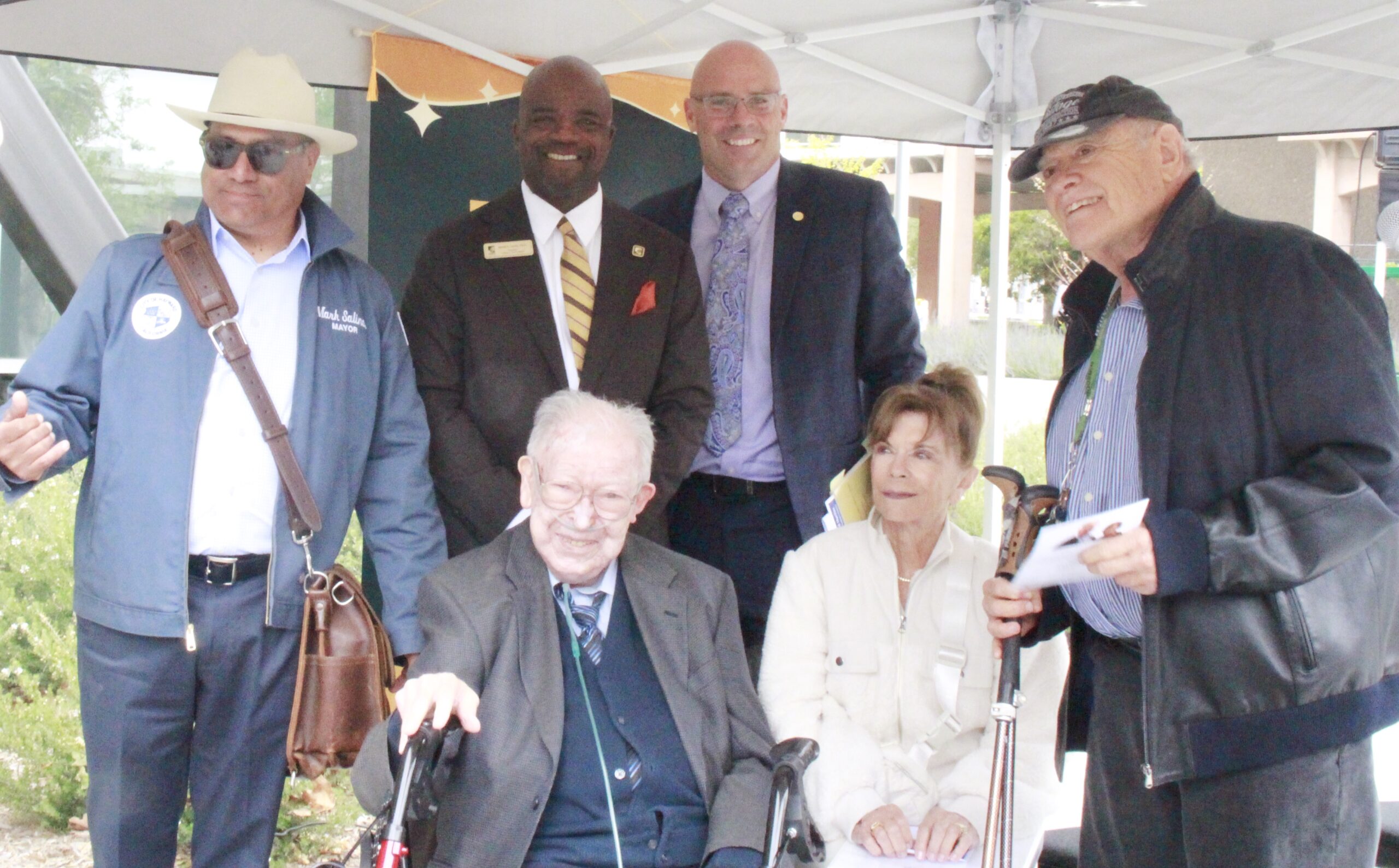From the East to the West, Students Will Protest
Since April 17, 2024, first starting with Columbia University, a wave of student-led encampments swept across university campuses nationwide, echoing with chants for a free Palestine and calls for institutional...
The Martins foundation, an everlasting legacy
On April 23, in honor of Edward Martins and his late wife, Donna, the newly built library and Learning Center was dedicated to them. Chabot College received its largest donation,...
-

25 April, 2025. Chabot opens Earth Week with tree planting.
-

26 March, 2025. The End of an Era: JoAnn Fabrics Slates for Closure.
-

17 March, 2025. Healing Together: Wellness Support Group for Latinos.
-

5 March, 2025. What Is a 3rd Place? And How Do You Get There?.
-

5 March, 2025. Authentic tacos in the Bay Area, the best trucks in Oakland.
-

5 March, 2025. Fast food’s best value menus.
-
18 December, 2023. Silicon Valley Unsung Hero: Roy L Clay Sr..
-
30 October, 2023. Chabot lose to San Mateo making it their eight lost in this season.
-
3 October, 2023. Chop it Up Tuesdays.
-
23 September, 2023. Beyond the stars: Mayan Nights at Chabot College Planetarium .
-
8 September, 2023. Back to Black to School.
-
28 August, 2023. Chabot College’s Gladiator Day: A Roaring Success with Over 200 Student Attendees.
-
5 June, 2023. Chabot College President Susan Sperling Retiring: A Legacy of Education and Advocacy.
-
5 June, 2023. Parking at Chabot College.
-
31 May, 2023. Hayward Futsal Courts.
-

18 May, 2023. Tio’s Mediterranean Grill Review.
-

18 May, 2023. 13th Annual Poetry Reading.
-

15 May, 2023. Sims 4 Update: Playable Babies & Bay Area World.




